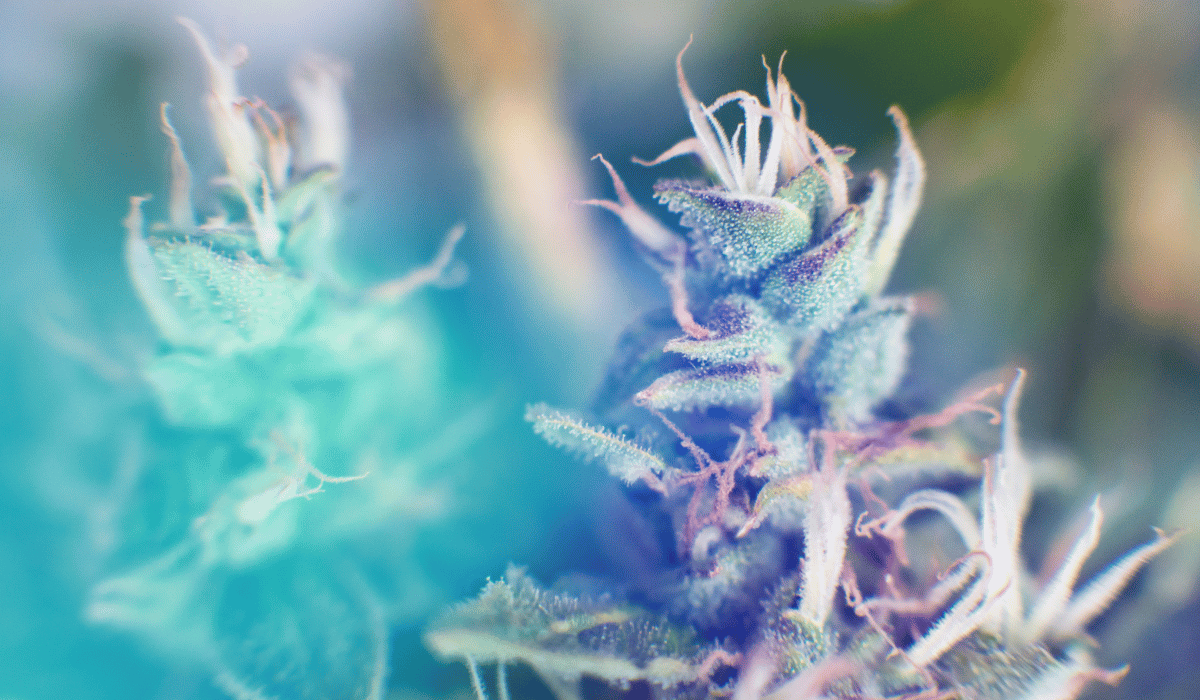Sponsored
While the terms ‘indica’ and ‘sativa’ have been widely used to categorise cannabis products, there’s a push for the industry to adopt a classification system which is rooted in science and data, rather than perception.
If you have come across any cannabis-based products before it’s likely they will have been labelled as either ‘indica’ or ‘sativa’, or perhaps ‘hybrid’ – a combination of the two.
Indica and sativa are the two primary classifications, or subspecies, of the cannabis plant, referring to the physical structure of the plant, each having its own distinct characteristics.
Indica plants are generally shorter and bushier with wider leaves, while sativa plants are typically taller with narrower leaves. Many strains are hybrids, combining characteristics of both indica and sativa.
As the legal cannabis market has expanded in jurisdictions across the world, these terms have become commonly used in the labelling of products in order to describe the different types of strains and their potential effects.
Indica strains are thought to be sedative and relaxing, known for their physical and full-body effects and are commonly used for relaxation, pain relief, and promoting sleep.
Sativa strains, on the other hand, are generally associated with uplifting and energising effects, with consumers often turning to these during the day to enhance creativity, focus, and sociability.
Even though there is no scientific research to back these effects up, medicinal cannabis patients will often be prescribed a sativa-based strain to use during the day and an indica to help them sleep at night.
While this categorisation system has been used by the cannabis industry to help consumers find the right product for their needs, many now want to move away from this in favour of a classification system based on data and science.
Not only is this type of classification limited as the effects of these strains are based on the perception of the consumer and not scientific evidence, it doesn’t accurately reflect the chemical composition of the strains or allow us to understand which active compounds are responsible for such effects.
Indica and sativa labels ‘largely meaningless’
Researchers at Dalhousie University, recently studied hundreds of cannabis strains with indica and sativa labels, measuring the genetic profiles and chemical compounds in each strain, including cannabinoids like THC and CBD and terpenes.
After comparing the genetic differences between strains, they found that the indica and sativa labels are ‘largely meaningless’. Strains labelled indica were frequently just as closely related to strains labelled sativa as they were to other strains labelled indica. Instead, terpene content was more accurate as an indicator of the effects of each strain.
While terpenes are far less talked about than the well-known cannabinoids CBD and THC, they have their own therapeutic properties which contribute to the overall effect of the strain, also known as the ‘entourage effect’. A separate study by researchers at the University of New Mexico even found that specific terpenes were associated with greater perceived symptom relief in cannabis patients.
Chemotype-based classification for cannabis
A chemotype-based classification system categorises strains based on their unique chemical profiles, such as cannabinoid levels and terpene content, providing a more comprehensive insight into the potential effects and therapeutic properties of each particular strain.
Many argue that this allows consumers and medical professionals (when prescribing cannabis-based medicines) to make more informed decisions when selecting strains for specific purposes, such as pain relief, relaxation, or focus.
Beyond the importance for the individual, having a classification system based on chemical profiles would support research and product development in the field, enabling researchers to understand the plant in more detail.
The ability to understand which compounds were responsible for certain effects – and beyond that the relationships between the specific cannabinoids and terpenes – may lead to the development of more tailored treatments.
One example of this is the work of researchers at the University of New Mexico, who established the world’s first cannabis flower indexing system, capable of distinguishing individual plant variants without the need for strain or product names.
The system identified distinct cannabis chemovars using four-character codes based on phytochemical potencies, including THC, CBD, and the primary and secondary terpenes detected.
In their conclusion, the authors argue that it will allow healthcare providers, patients, scientists and retailers to more easily categorise products based on ‘measurable plant characteristics beyond THC and CBD in ways that systematically relate to differing levels of symptom relief and side effect reporting’.
Founder of UK-based cannabis brand, Hemp Point, Tomas Biroscik also believes that chemotype-based classification would be beneficial for ensuring accuracy and standardisation across the industry, ultimately resulting in more informed consumers.
“It’s time the industry moved beyond indica/sativa labels and embraced a more scientifically rigorous approach,” he said.
“Through adopting classification based on chemovars, businesses can educate their consumers and offer products that align with preferences and desired experiences, as well as promoting the use of accurate and standardised terminology in the cannabis industry.
“Only through developing a deeper understanding the whole plant, can we shape a brighter and more informed future for cannabis consumers and patients.”


 News6 months ago
News6 months ago
 Science5 months ago
Science5 months ago
 Industry6 months ago
Industry6 months ago
 News6 months ago
News6 months ago
 News5 months ago
News5 months ago
 Health5 months ago
Health5 months ago
 News5 months ago
News5 months ago
 Health3 months ago
Health3 months ago













